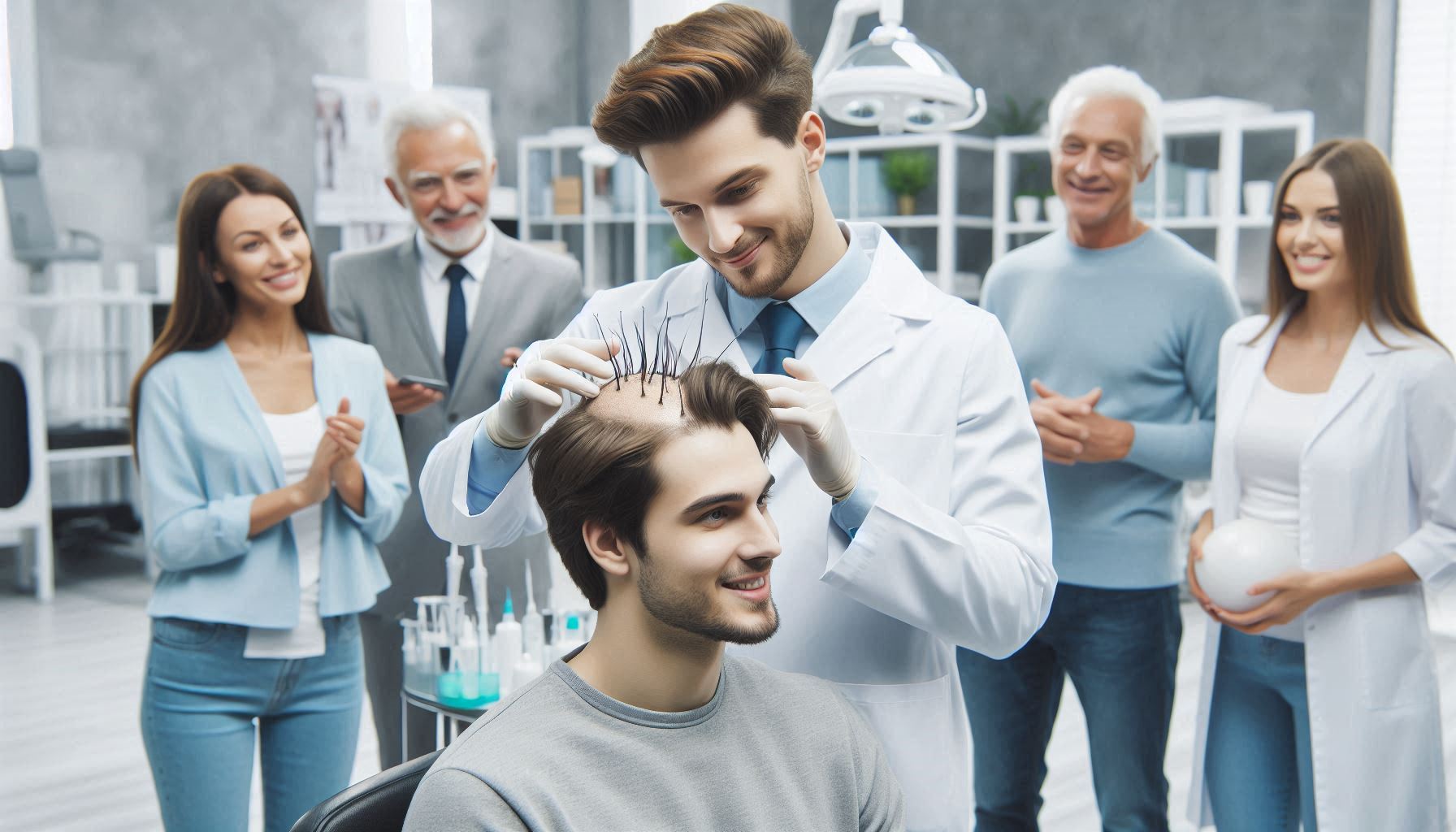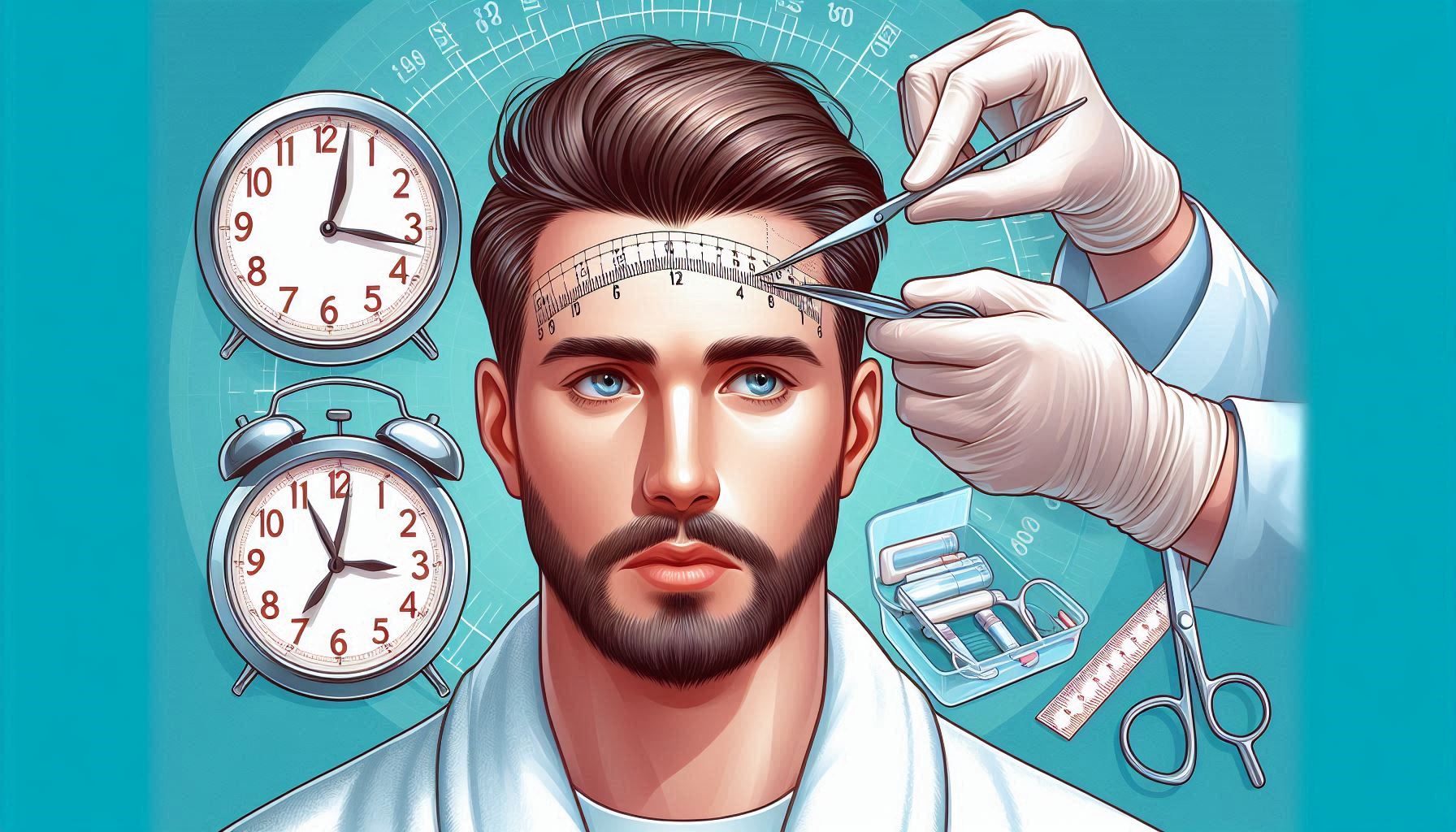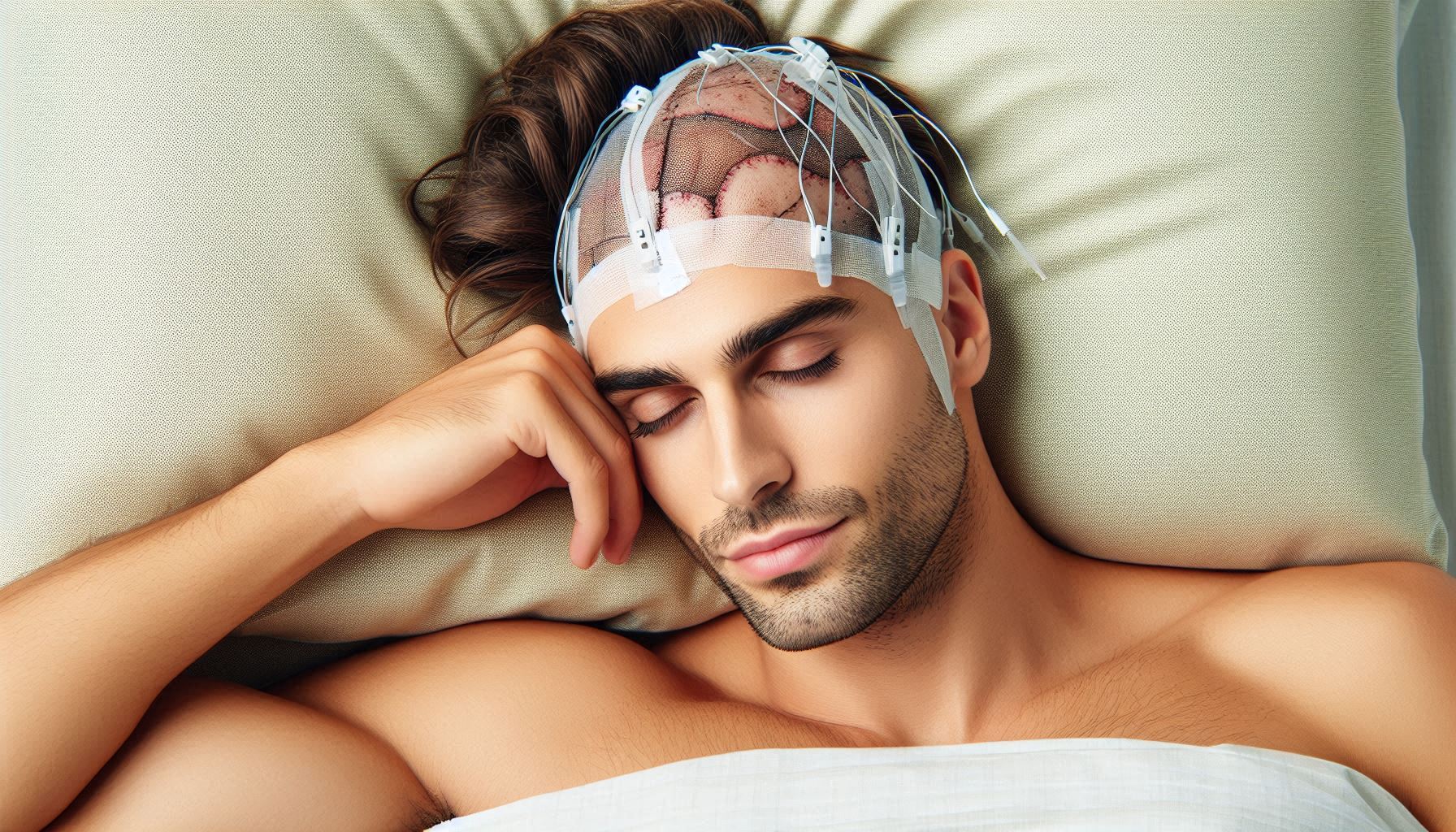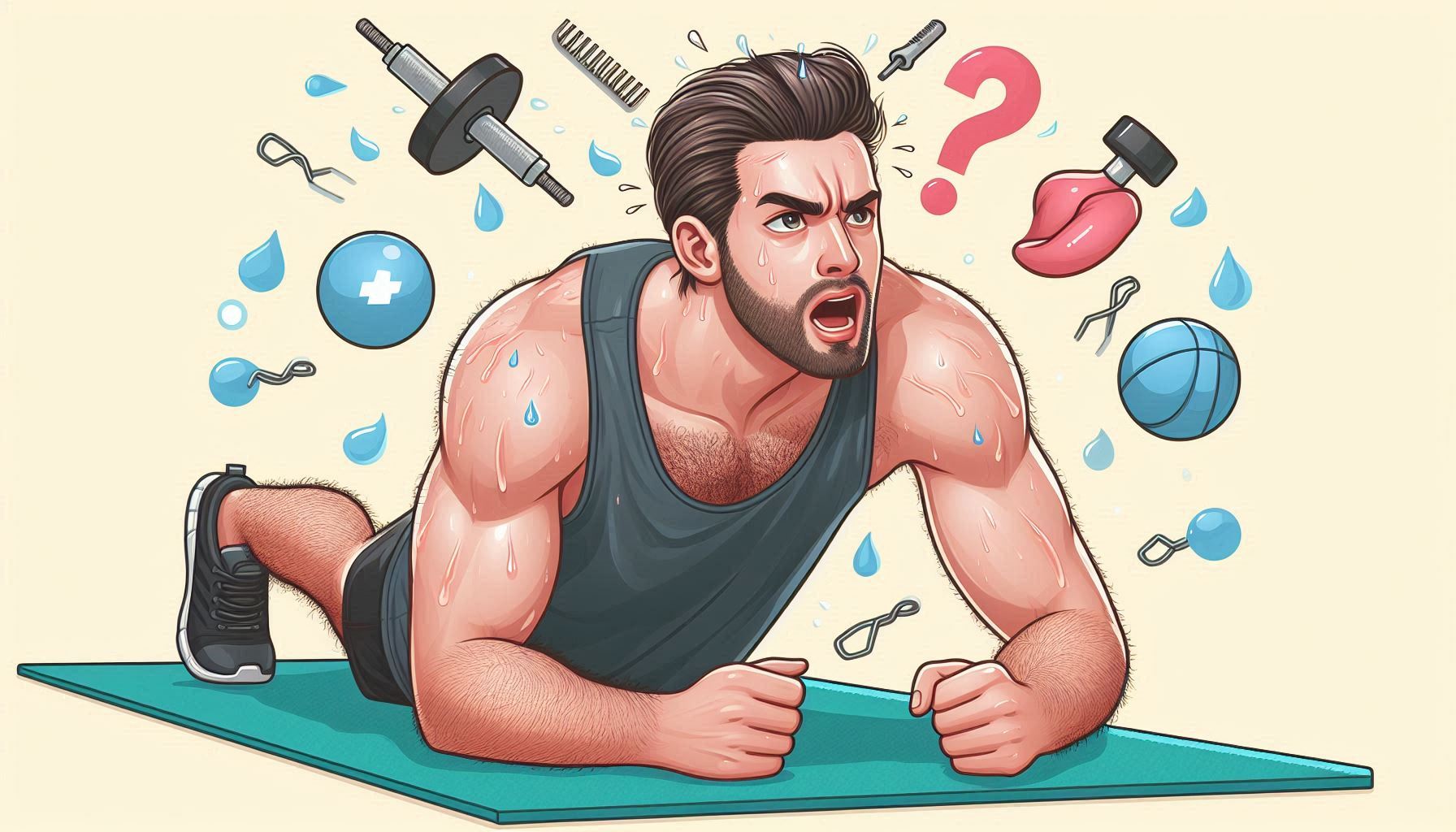
Can You Actually Restore Hair? Understanding Hair Regrowth and Treatment Options
Hair loss is a widespread concern affecting millions of men and women worldwide. While some believe that once hair is lost, it cannot be restored, scientific advancements and natural treatments have made it possible to slow down hair thinning and even regrow lost hair in many cases.
This comprehensive guide explores proven methods for hair restoration, including natural remedies, lifestyle changes, and cutting-edge medical treatments. Whether you’re experiencing early signs of hair loss or advanced baldness, understanding your options can help you make informed decisions about restoring your hair.
Understanding the Causes of Hair Loss
Before exploring restoration methods, it’s crucial to understand what causes hair loss:
✔ Genetics (Androgenetic Alopecia): The most common cause, often referred to as male or female pattern baldness. ✔ Hormonal Imbalances: Increased DHT (Dihydrotestosterone) levels shrink hair follicles, leading to hair loss. ✔ Nutritional Deficiencies: Lack of essential nutrients like biotin, iron, zinc, and vitamin D can weaken hair. ✔ Chronic Stress: High cortisol levels contribute to increased hair shedding. ✔ Medical Conditions: Thyroid disorders, autoimmune diseases, and scalp infections can result in hair thinning. ✔ Excessive Hairstyling: Tight hairstyles, frequent use of heat tools, and chemical treatments damage hair.
Natural Methods to Restore Hair Growth
1. Scalp Stimulation & Microneedling
Scalp massages and microneedling improve blood circulation and encourage hair regrowth by increasing oxygen and nutrient delivery to hair follicles.
✅ How to Do It:
- Massage your scalp for 5-10 minutes daily using fingertips or a scalp massager.
- Use essential oils (like rosemary, peppermint, or castor oil) to enhance stimulation.
- Try microneedling with a derma roller (0.5-1mm) once a week to promote collagen production and follicle regeneration.
2. Essential Oils for Hair Growth
Certain essential oils have been clinically proven to enhance hair regrowth and thickness:
🌿 Rosemary Oil – Comparable to Minoxidil in effectiveness for hair growth. 🌿 Peppermint Oil – Stimulates hair follicles and increases blood flow. 🌿 Castor Oil – Contains ricinoleic acid, which strengthens hair roots. 🌿 Pumpkin Seed Oil – Helps block DHT, reducing hair loss.
✅ How to Use:
- Mix 2-3 drops of essential oil with a carrier oil (like coconut or jojoba oil).
- Massage onto the scalp 3-4 times a week.
3. Nutritional Supplements for Hair Health
Your diet plays a major role in hair health. Deficiencies in key nutrients can cause excessive hair shedding and slow regrowth.
🥦 Biotin – Boosts keratin production for stronger hair. 🥚 Iron – Essential for oxygen transport to hair follicles. 🌞 Vitamin D – Stimulates dormant follicles. 🍊 Vitamin C – Supports collagen production. 🥜 Zinc – Prevents follicle shrinkage and shedding.
✅ How to Get These Nutrients:
- Eat a balanced diet rich in leafy greens, eggs, nuts, and fatty fish.
- Take a high-quality hair supplement if needed.
4. Herbal Remedies for Hair Restoration
🌱 Saw Palmetto – Blocks DHT and slows hair loss. 🌱 Aloe Vera – Hydrates the scalp and encourages follicle health. 🌱 Green Tea (EGCG Extract) – Reduces DHT activity, helping hair growth. 🌱 Ginseng – Stimulates scalp circulation and follicle activity.
✅ How to Use:
- Drink green tea daily or apply green tea rinses to your scalp.
- Use Aloe Vera gel as a hair mask twice a week.
- Take Saw Palmetto supplements for DHT control.
5. Red Light Therapy (LLLT) for Hair Regrowth
Low-Level Laser Therapy (LLLT) uses red light to stimulate dormant follicles and increase hair density. Devices like laser caps and combs are gaining popularity for at-home hair restoration.
✅ Benefits of LLLT:
- Improves cell metabolism in hair follicles.
- Works well alongside other treatments like Minoxidil.
- Enhances scalp blood flow for better hair growth.
⚠ Consistency is key: Use 3-4 times per week for visible results.
Advanced Medical Treatments for Hair Restoration
6. Platelet-Rich Plasma (PRP) Therapy
PRP therapy involves drawing your blood, separating platelet-rich plasma, and injecting it into thinning areas to stimulate hair regrowth.
✅ Benefits:
- Uses your body’s natural growth factors.
- Safe and minimally invasive.
- Improves hair thickness and density.
⚠ Requires multiple sessions (typically 3-6 for optimal results).
7. Hair Transplant Surgery (FUE & DHI)
For permanent restoration, hair transplants provide natural-looking results using Follicular Unit Extraction (FUE) or Direct Hair Implantation (DHI).
✅ Advantages of Hair Transplantation:
- Permanent and natural-looking results.
- Uses your own hair for restoration.
- Suitable for advanced hair loss.
📢 Considering a hair transplant? Schedule a consultation with specialists at Center for Advanced Hair Restoration for expert care.
When to Seek Professional Help
If home remedies and natural methods aren’t yielding results, it’s time to consult a hair restoration expert. Early intervention can prevent further loss and improve success rates.
📢 Want a personalized hair restoration plan? Book your consultation at CenterforAdvancedHairRestoration.com today!
FAQs About Hair Restoration
Q1: Can hair regrow naturally after balding?
A: If caught early, hair regrowth is possible through lifestyle changes, supplements, and topical treatments. Advanced hair loss may require medical intervention.
Q2: How long does it take to see hair regrowth?
A: Natural methods can take 3-6 months for visible improvement, while medical treatments like PRP or hair transplants provide faster and more permanent results.
Q3: Does stress cause permanent hair loss?
A: Stress-induced hair loss (telogen effluvium) is usually reversible with stress management and proper nutrition.
Q4: Is Minoxidil safe for long-term use?
A: Yes, Minoxidil is FDA-approved and safe for long-term use, but stopping treatment can lead to hair loss recurrence.
Q5: Are hair transplants painful?
A: Modern techniques like FUE and DHI are minimally invasive and performed under local anesthesia for comfort.
Final Thoughts on Hair Restoration
Hair restoration is possible with the right combination of natural remedies and medical treatments. Whether you’re in the early stages of hair thinning or considering a hair transplant, there are effective solutions for every level of hair loss.
📢 Ready to take control of your hair loss? Book a consultation with the hair restoration experts at CenterforAdvancedHairRestoration.com to explore your treatment options today!




